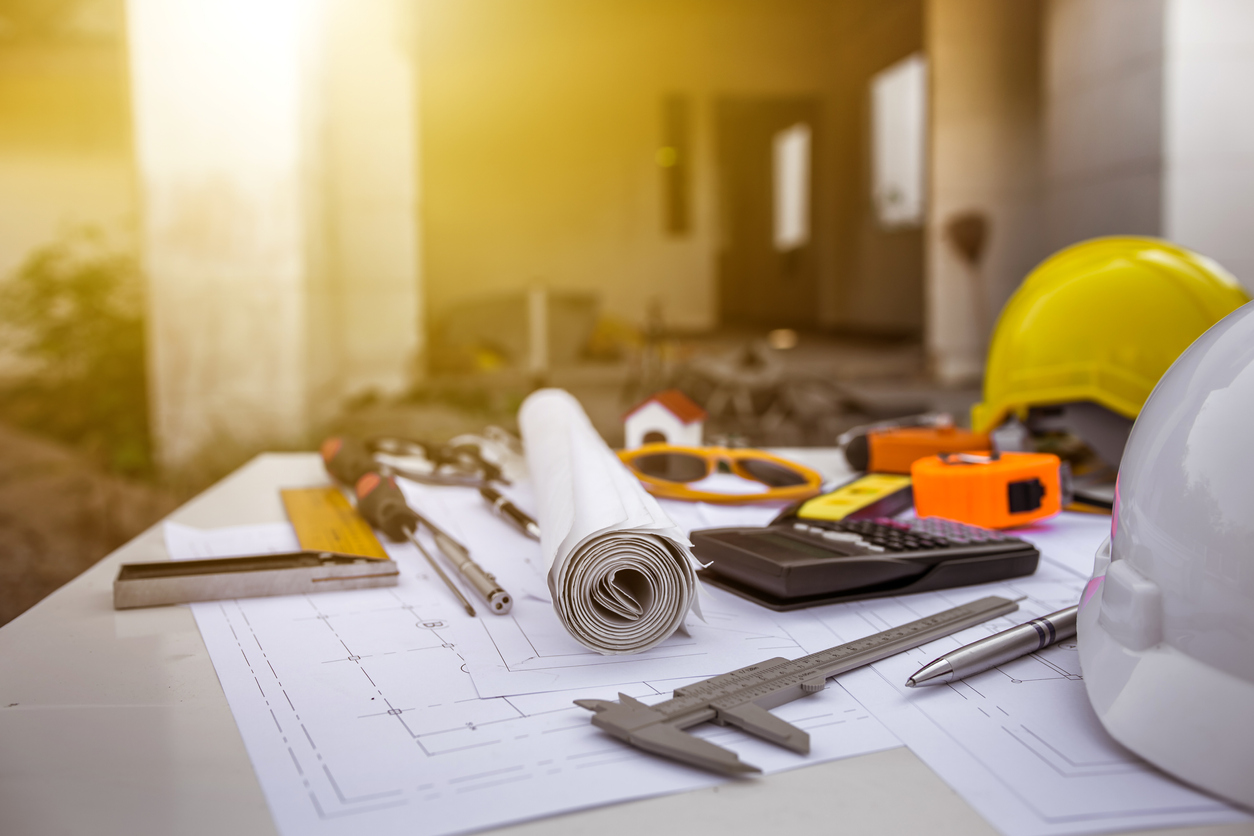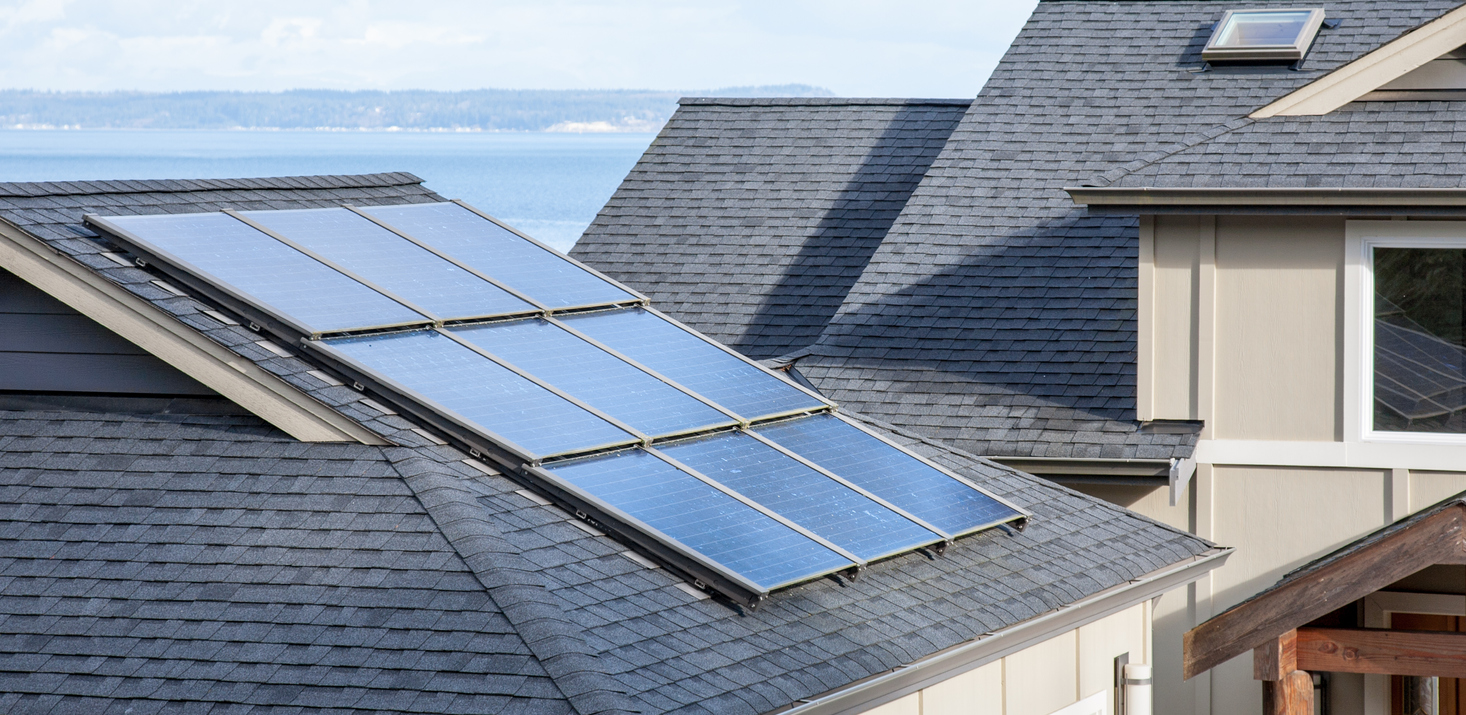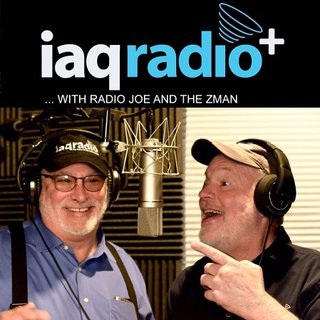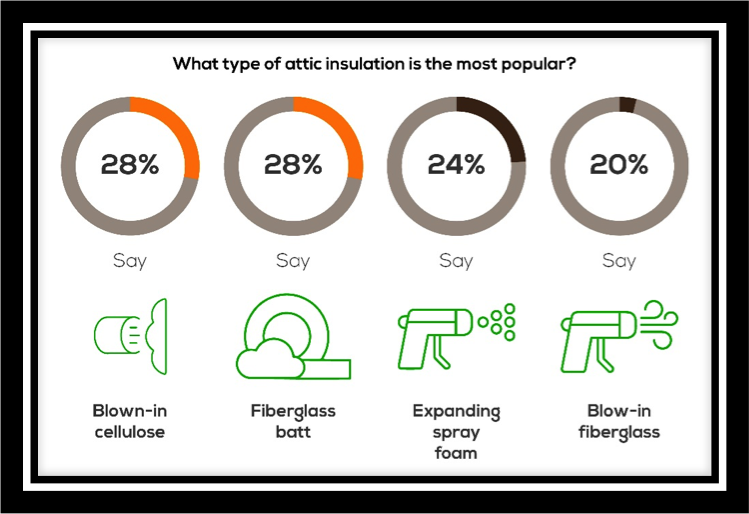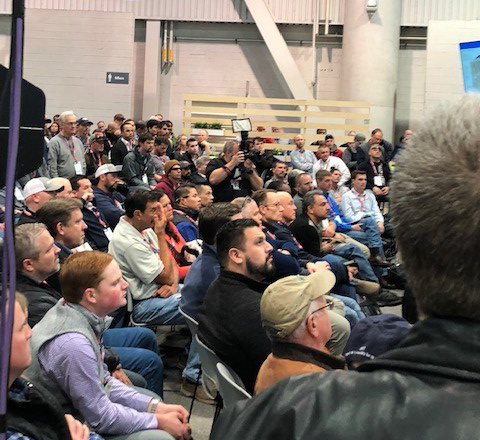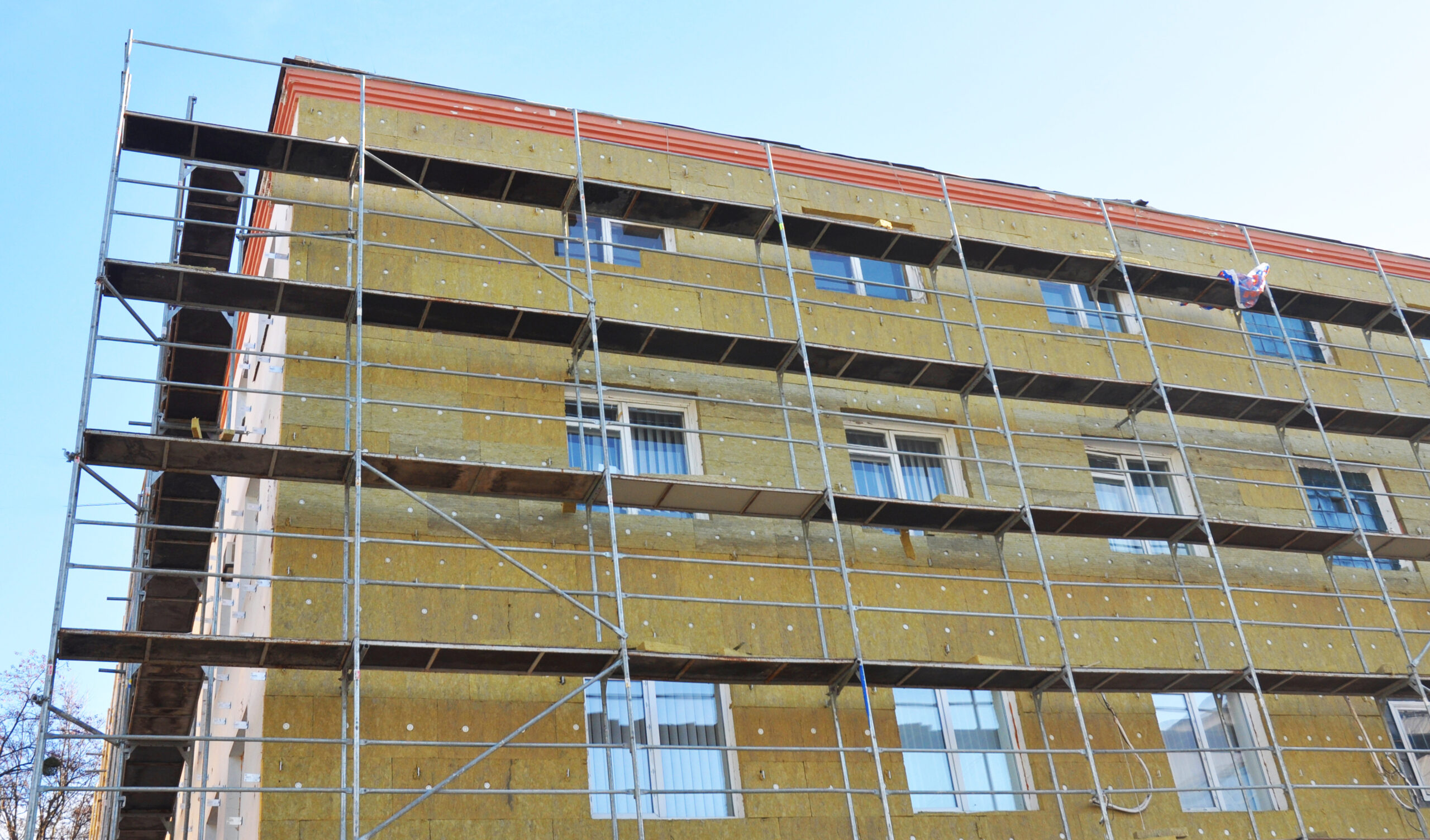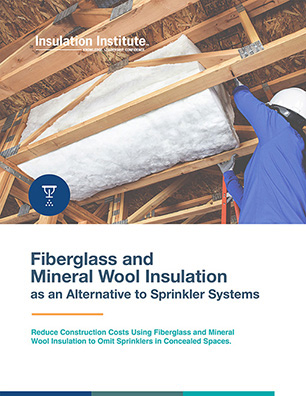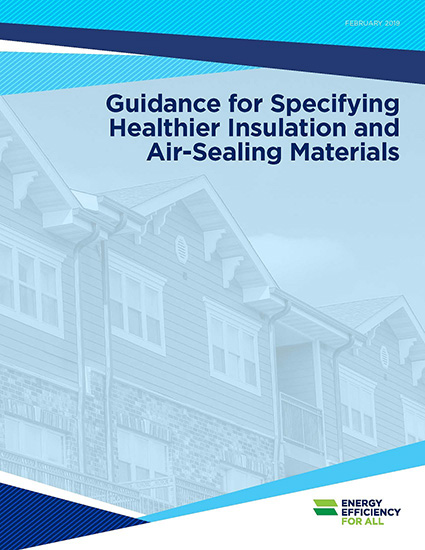While the growing legalization[1] of cannabis in the U.S. may be fueling new industries and is leading to an economic boom in states where it is legal, the use of drugs and alcohol on the job site can have a devastating impact on safety. Drug and alcohol abuse is prevalent among full-time construction
Details »Insulation Institute Blog
Which is the more cost-effective method of reaching energy code requirements, saving energy or generating it with solar panels on-site? According to a new report, the answer is clear.
Details »Joe “Radio Joe” Hughes of the IAQ Training Institute and IAQ Radio has been training builders and contractors for nearly two decades on indoor air quality issues. Through his popular podcast, trainings, and conferences, he shares insights on building science and the complexities of modern construction, and why indoor air quality is becoming more precarious. Insulation Institute recently spoke with Hughes about why the approach to indoor air quality in new construction must change.
Details »Fixr.com recently published its 2019 Energy-Efficient Home Design Trends Report. The study’s authors interviewed 25 experts in the home design industry to peg upcoming trends in energy-efficient home features, design, and building trends. These experts have a pulse on what consumers want in design but are also savvy about energy efficiency and its importance to home buyers.
Details »Have you ever wondered why certain products have a cancer warning label on them and others do not? Well, you’re not alone. Here’s why:
Details »Matt Whitbeck, Co-Owner and President of Whitbeck Construction, LLC specializes in custom framing, exterior sustainability, and residential remodeling. He’s serious about quality craftsmanship and energy efficiency. So much so that he is a popular speaker at building industry conferences on those topics. Whitbeck and Kevin Ireton spoke to a standing room only crowd in the High-Performance Building Zone at NAHB’ International Builders Show (IBS). Whitbeck also took time following IBS to speak with Insulation Institute on three tips for framing carpenters as they work to help builders achieve more energy-efficient homes.
Details »Thermal bridging or the escape of heat through low-performing areas in a building envelope presents a huge problem for builders interested in energy-efficient buildings. One of the reasons that modern buildings are now more energy efficient than ever is that newer building energy codes, like the 2015 IECC and ASHRAE 90.1 prescriptively include the use of continuous insulation in most climates to reduce thermal bridging. While there are many different continuous insulation products and applications, mineral wool is gaining in popularity as an effective solution in minimizing thermal bridging.
Details »According to the Fire Protection Research Foundation, the median cost of a residential sprinkler system is $5,000, but the maximum cost of a system averages $21,000. Those are huge numbers that contribute to the builder’s total cost of construction. Builders may be able to cut their overall costs for sprinklers by using fiberglass and mineral wool insulation as an effective, affordable passive fire protection solution in concealed spaces and ceiling cavities in low-rise buildings and one and two-family dwellings. NAIMA has released a new publication detailing the new provisions of the 2019 National Fire Protection Association (NFPA) Standard 13 on when sprinklers may be omitted.
Details »Energy Efficiency for All recently released a new report, “Guidance for Specifying Healthier Insulation and Air-Sealing Materials.” The new report is a supplement to a publication produced last fall, “Making Affordable Housing More Energy Efficient: A Guide to Healthier Upgrade Materials,” which ranked insulation materials used in multifamily residential insulation retrofits from least to most hazardous. According to the report, fiberglass insulations are among “the best insulation materials from a health perspective…and we recommend their use whenever possible” in residential multifamily housing stock.
Details »Thrive Home Builders is one of the most respected production builders in the country with a multitude of awards and accolades to prove it. The Denver-area company is well-known nationwide for its sustainable, energy-efficient construction, with 100 percent of its homes meeting a minimum of Net Zero Energy Ready status. Thrive commands a 10 to 25 percent price premium for its high-performance new construction homes, so one could assume that every product used in its builds would also come at a price premium. Yet, Thrive CEO and Founder Gene Myers told Insulation Institute that cost-effective blown-in fiberglass insulation is a preferred product in his company’s homes.
Details »
